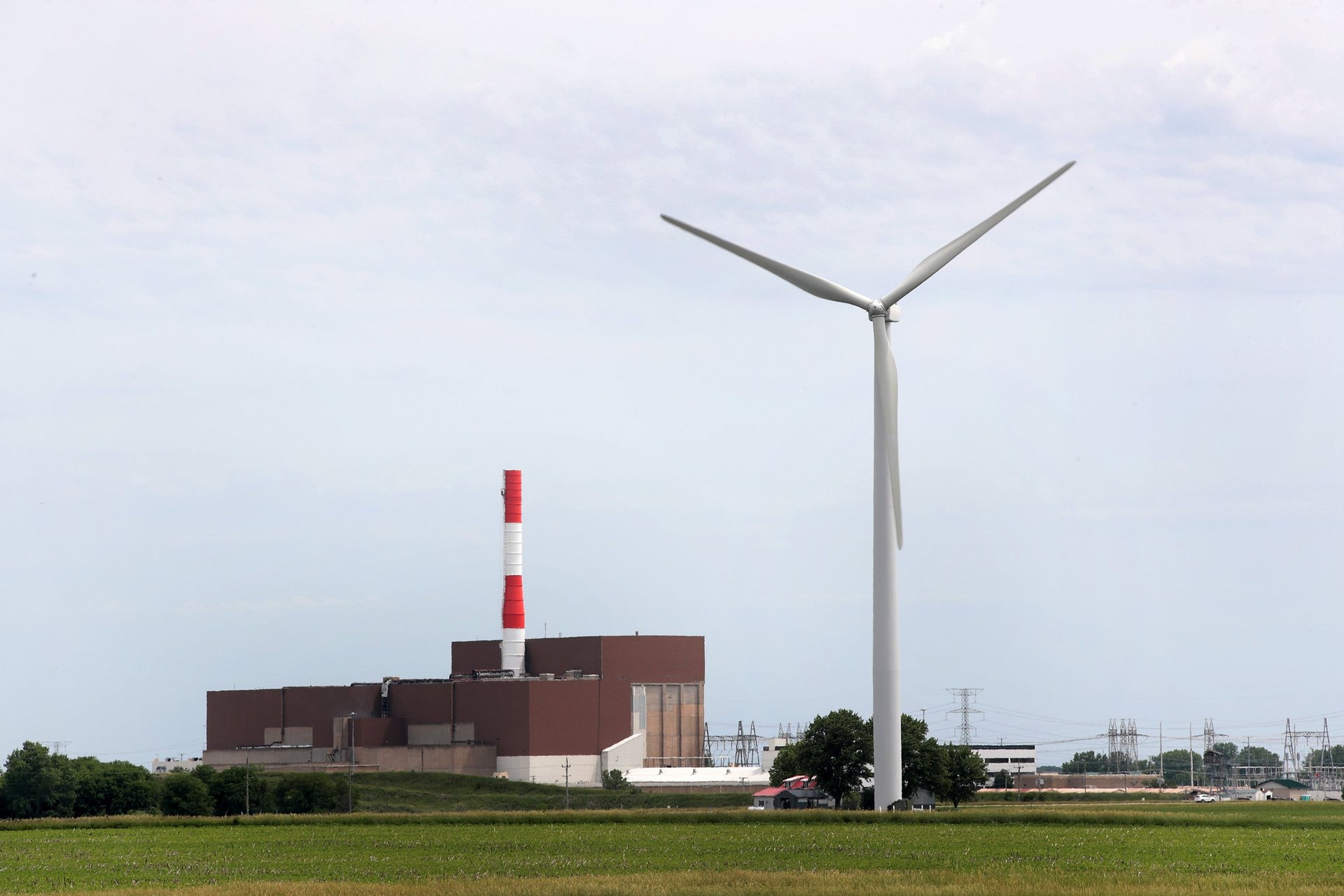Global investments in clean energy have accelerated way past fossil fuels
Responses to the global energy crisis have provided a major boost to spending on fuel alternatives

Investments in clean energy will be record-breaking in 2023, with $1.74 trillion of global investment so far, according to the International Energy Agency (IEA). The increase continues a trend since 2020 of clean energy investments outpacing those in fossil fuels. For every $1 spent on fossil fuels, $1.70 is now spent on clean energy. Just five years ago, this ratio was 1:1.
Suggested Reading
The economic recovery from the covid-19 pandemic and responses to the global energy crisis have provided a big boost to clean energy investment, according to the IEA’s newly released World Energy Investment report (pdf). Between 2021 and 2023, annual clean energy investment rose 24%, compared to fossil fuel investment which rose 15% over the same time period.
Related Content
The IEA’s analysis shows that the volatile period in fossil fuel markets caused by the war in Ukraine prompted a scramble for oil and gas supply, but also opened the door to accelerated momentum behind a range of clean energy technologies. Meanwhile, new policies were aligned with climate goals through instruments like the US Inflation Reduction Act and new initiatives in Europe, Japan, and elsewhere.
Other important drivers of the clean energy wave include electric vehicles, batteries, and heat pumps.
The spending has countries competing to strengthen their footholds in the emerging clean energy economy, where investments are going toward renewable power, nuclear, grids, storage, low-emission fuels, efficiency improvements and end-use renewables, and electrification.
Notably, more than $1 billion per day is expected to go into solar investments in 2023, which for the first time is attracting slightly higher investment than oil is.
